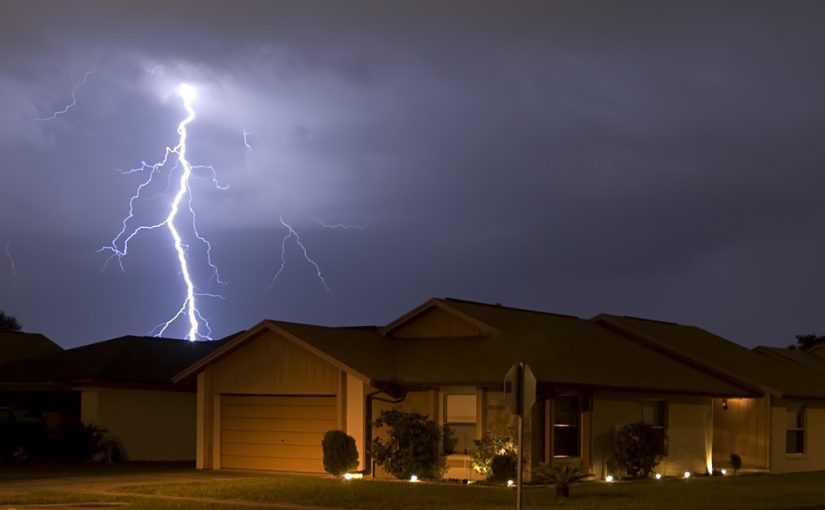By RENAISSANCE ALLIANCE
When we head to the beach or the pool on the weekends, most of us do so with a dangerous knowledge gap. We have wrong ideas about drowning and our ignorance means we don’t always recognize the signs of a person in distress when we see them. We are conditioned by movies and pop culture to think that a drowning person would yell and wave for help and splash violently to get attention. In reality, drowning is a quiet, desperate event – so quiet that every year, children die in pools and water just feet away from parents or friends who do not recognize the signs of distress.
Drowning behavior is so similar victim to victim that experts describe it as The Instinctive Drowning Response. Mario Vittone is an expert on water safety and he has been on a mission to raise awareness of what drowning behavior actually looks like – his blog post Drowning Doesn’t Look Like Drowning is a really eye opener and something worth sharing.
He describes the behavior as:
The Instinctive Drowning Response – so named by Francesco A. Pia, Ph.D., is what people do to avoid actual or perceived suffocation in the water. And it does not look like most people expect. There is very little splashing, no waving, and no yelling or calls for help of any kind. To get an idea of just how quiet and undramatic from the surface drowning can be, consider this: It is the number two cause of accidental death in children, age 15 and under (just behind vehicle accidents) – of the approximately 750 children who will drown next year, about 375 of them will do so within 25 yards of a parent or other adult. In ten percent of those drownings, the adult will actually watch them do it, having no idea it is happening. Drowning does not look like drowning
Here’s a video showing instinctive drowning response.
Drowning can happen in seconds. A more widespread understanding of what signs of swimming distress and drowning behavior actually look like would help to save lives. Help to raise awareness – why not share this post with friends and relatives – particularly parents of young kids?
See related posts on pool safety:
Swimming pool and spa safety issues and insurance coverage
Pool & spa owners: Minimize your risk with simple steps for safety
Reprinted from Renaissance Alliance – no usage without permission.





